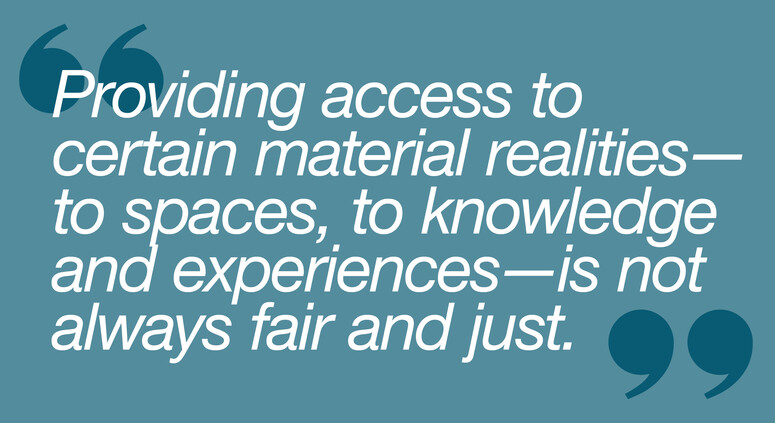explorations in ethical design: meditations on diversity

23.03.2020 Editorial
When we talk about "human-centered” design or designing for the “end-user” we cannot assume that there is one standard user type that we can define. The reality, of course, is that humans are an incredibly diverse species. Depending on what we are designing for them, their abilities, size and shape, gender, education, income, language, cultural understandings, brain function, cognitive ability, vision, coordination etc. will be quite different. And if you design for one “type” of user, you may unintentionally be excluding many types of users from being able to use what you have designed. At the extreme, this can even be dangerous for the types that you have not considered.
Meditations on Diversity/Inclusion is the second in our series Explorations in Ethical Design following . Once again, we’ve assembled articles that address the diversity issue in design in order to widen the conversations for and among Members. We believe that if practicing designers wish to legitimise their profession as more than a luxury service targeted at an elite clientele, as more than just an added layer to a more “serious” manufacturing process, they must start by treating their profession as an essential service that provides solutions to large portions of society. Including the less-dominant groups.
WHAT DOES DIVERSITY MEAN?
What we call “diversity” is first the acknowledgement that we are all very different and, second, the decision to address not just the needs of one segment of society —often the dominant section of society— but to take into account all of the diverse needs of a society made up of a plurality of types of people. It is a decision to include those parts of society that might be disadvantaged by their “differences”. For designers, this is a professional decision to solve problems and test designs for a diverse cross-section of potential users. Diversity in design can translate to more regional approaches and less standardisation and it can mean that design becomes less niche and available to more people. More on that later.
Another term that is often used with “diversity” is “inclusivity”. Many people use these terms interchangeably, but it's important to understand the distinction. Diversity refers to “the composition of different people represented in what you make, and the decision makers on your team” (see Project Inkblot below) whereas, Inclusivity is about the availability and quality of the experience for that diverse society. You may not realise it but when you design without considering the needs of many types of people, you might be excluding them from being able to use your products, to understand your visuals or to navigate your environments.
DESIGNING IS NEVER NEUTRAL
The very nature of the design process hinges upon an understanding of the user. There are times when segmenting and focusing on a very specific type of user can be very useful. No one is suggesting that we stop designing for specific problematics. It is clear that if you want to develop a tool to help people with one specific disability for instance, you need to focus on that. The issue is when you are designing for everybody but you do not take into consideration the full range of “everybodies” that might be using your designs. The resulting products could range from inadequate to downright dangerous.
"DO NO HARM"
A very good example of the above principle is illustrated in the article by the Guardian “The deadly truth about a world built for men – from stab vests to car crashes”. This article illustrates the fatal results of basing designs on only one gender type. Showing how differing size and weight distribution, metabolic rate, hormonal balance impact the safety of everything from survival of car crashes, cancer treatment, workplace safety and more.
The International Council of Design believes that, as professionals, Designers are responsible for the safety of not only the end-user of their products but also of all those impacted by their designs. It may seem obvious to say it but we must follow the basic principle of not doing harm to the users of our products. But if we do not assume the responsibility of understanding who our users are — the full spectrum of them —we cannot reasonably account for their safety.
THE DESIGN GENDER GAP IS CHANGING… OR IS IT?
Design is good at shaping what we see and what we do not see. UK data and design studio Normally developed the Gendered Web plug-in, a filter they place on known new sites which makes every story written by men disappear, so that only the voices of women remain visible.
“As we know . . . there are unintended consequences of things [designers] make . . . there could be a reverse of this filter to hide women’s voices on the internet,” says Basil Safwat, design director of AI. What we read online is therefore highly affected by the gender gap and the algorithms, which shape what we see and what we do not see are perhaps a more disturbing issue in the digital world in particular. The article sites how, in one example, the New York Times Opinion page is entirely devoid of content, except for one tiny thumbnail in the bottom left corner.
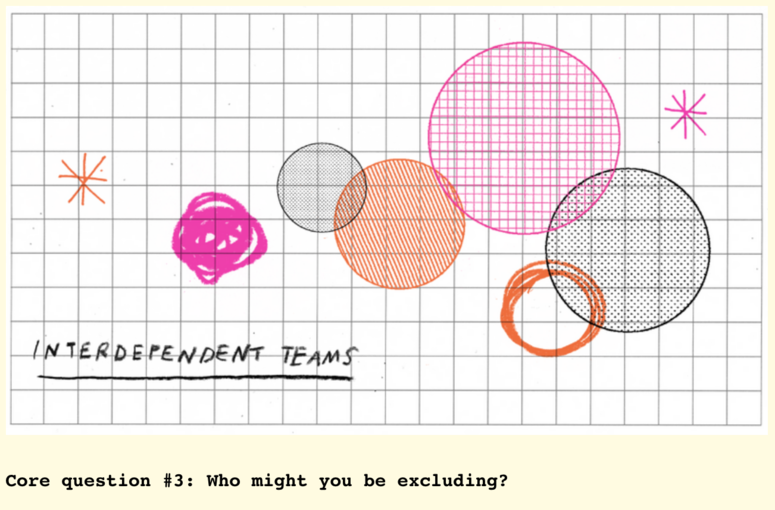
Photo credit: Normally
Criado Perez talks about mixed-use zoning in the planning of urban spaces, asking:
"Where is the workplace in relation to the home? Or in relation to the nursery? Or the doctor, or the dry cleaner? Has the public transport system been designed in such a way that it enables you to do all those things?"
Also accounting for violence against women, Criado stresses: "The vast majority of information that we have collected globally, and continue to collect – everything from economic data to urban planning data to medical data – has been collected on men, male bodies, and typical male lifestyle patterns. The result is that many things in the world, most things actually, just don't work as well for women. This is the gender data gap.”
On another positive note, the prestigious Pritzker Prize for Architecture is celebrating the role of women architects:
While we aren’t there yet, the industry is working to change how women are included in the design industry, including initiatives by ico-D Members to bridge to the gender gap in design. Have a look at these:
- On Gender, AIGA
- 2019 AIAP Women in Design Award, ico-D
- World Design Day 2019: Women in Design, ico-D
OVERCOMING AGEISM
Don Norman, the 83-year-old author of “Design of Everyday Things” maintains the world is designed against the elderly in his article for Fast Company “I wrote the book on user-friendly design. What I see today horrifies me”. He argues that while modern medicine has lengthened lives considerably, the differing needs of the ageing population are not being accounted for. “I’m getting slower and weaker, with diminished eyesight, hearing, taste, touch, and, well, almost everything physical” he explains. He explains how every day living becomes increasingly challenging when you cannot read as well (he points to the difficulties with his iPhone), have difficulty hearing (affecting going to restaurants and television watching). He maintains that bad design abounds and implores our industry to address these issues.“Do not think that thoughtful design is just for the elderly, or the sick, or the disabled. In the field of design, this is called 'inclusive design' for a reason: It helps everyone.”
In April 2019 Fast Company contributor Lydia Dishman wrote that “ageism is thriving.” Writer and activist Ashton Applewhite’s 2017 TED Talk about ageism has accumulated more than one million views: “It is essential that we retain more people over 45 in the profession and be open to returners. Flexible hours and a change in work culture would make a huge difference. These agencies think that if you’re not a digital native, you can’t write digital copy or create content. This is, of course, BS. I can write anything for anyone. A good idea should work across all media, and if you are a good creative, you can adapt and learn fast.”
Article by Dave Kuhl called for turning ageism into activism:
- Turning Ageism into Activism, Communication Arts
ABLE-NESS CELEBRATED
“It’s 2020, and we are ready for revolutionary diversity and inclusion in the workplace, and beyond, “ says author Bilal Qizilbash who is a neuro-diverse CEO and lead scientist for EasyKale Labs.
“Challenges will always exist. But if I can help bring awareness to some of the existing social and structural hurdles people like myself face, and briefly unpack how we can overcome them, that is progress. Whether you function on a spectrum or not, here are six tips to help your company embrace neurodiverse hiring. Things like: Instead of setting arbitrary benchmarks, create customised performance goals for each individual. Set goals relative to their strengths.”
- 6 Ways To Make Any Workplace More Neurodiverse, Fast Company
MEANING, CULTURAL BIAS AND RACISM
The resulting outputs of design (i.e. dress, spaces, objects, media) are imbibed with meaning, whether intentional or not. Design is a manifestation of culture (and designers very much determine culture), and as such the values that the designs embody should be careful not to negatively affect any sector of society. Designers should uphold basic human dignity by considering the respectful portrayal of all people. That means that in everything we do, we are professionally bound to consider the impact of what we are communicating. Some things to consider are portrayals of race, gender identities, ethnicity and regionalism, religion, awareness of body image issues, etc.
Photo Credit: het nieuwe institut
One example of this is the exploration of "the hoodie” in an exhibition on display at the het nieuwe instituut in Rotterdam: 'The exhibit tells many stories – tales of social inequality, youth culture, subculture, police brutality, racism, privacy, fear and style,’ a description of the exhibition reads. ‘it is a garment that sparks a range of emotions, communicating all manner of social and cultural ideas and nuances depending on the gender, geography, age, conduct and ethnicity of the wearer and, in turn, the prejudices and politics of the viewer.’
Fascinating and relatable across generations:
- The Hoodie Exhibition at Het Nieuwe Instituut, Designboom
The term “cultural appropriation” (also called ‘cultural misappropriation’) occurs when members of a dominant culture adopt elements of a disadvantaged or minority culture. Much like the protection of intellectual property rights among creative professionals, this is seen as ‘stealing’ from a culture.
This issue comes to the forefront often in the fashion industry and in furniture/ interiors design but can be an issue across the design disciplines. Architectural Digest offers some insight on this in “How Can the Design Industry Avoid Appropriation?”. The article shows that the distinction between working with artisans to support local economies and celebrate regional craft and copying “styles” to profit off them is an important one. In a push to offer a unique product the boundaries of “inspiration” have started to become blurry. The global procurement model complicates the relationship between the designer and the craftspeople — often on the other end of the planet— that are producing the work. This distance can create a misunderstanding of the richness of culture being borrowed from.
THE WORLD IS INTERNATIONAL
Chances are that your design team is in one country. You all share one language, a common understanding of how things are done, a cultural history. But now the world is global and there is no reason why your team cannot design for clients and users across the globe. Be prepared to come up against some interesting challenges.
Some examples of cross-cultural challenges big corporations have faced:
UX design examples:
SOME SOLUTIONS TO THE DIVERSITY ISSUE
Does Design Have a Diversity Issue?
While we can’t apply Design Council (UK) statistics to all countries, it’s pretty safe to say that design around the world has not been balanced in its overall approach to diversity and inclusion. But times are changing. Designers are recognising the need to break old barriers and let new voices and perspectives be at the forefront of designing focusing mainly on gender, age, ethnicity and social class.
Data from the UK stresses the need to include a greater range of people into the design sector representative of more parts of their country so that “more people and businesses have access to high value design occupations, enabling a diverse range of voices in the room, which will result in an increased pool of talent and flow of ideas.” Statistics show that despite women making up 63% of the creative arts and design courses in universities, men occupy 78% of the design workforce, but that slowly, this is changing. 64% of designers are under 45 compared to the stat of 57% in the rest of the UK workforce, suggesting that design favours younger workers. In the UK, 88% of design managers are white, 7% Asian, 2% BAME (black, Asian and minority ethnic people) and 3% from other ethnic groups. The socio-economic background of designers is harder to pin down, but if most designers comes from higher classes the profession risks being elitist.
Read some basic statistics that establish where the UK is now on the diversity issue:
- Does Design Have a Diversity Issue?, Design Council
Diverse Design Teams
Everyone has a bias. The only way to really have different perspectives is to have diverse design teams in order have the perspective to address the vantage points of many types of users:
"When building teams we have to realise that, we aren’t just assigning resources — we are framing our approach to the problem. Each team member brings their unique point of view and expertise to the team, widening the range of possible outcomes. If you want to generate a breakthrough idea, intentionally form diverse teams by design.
Diverse teams approach the same problem from many perspectives. They tend to generate more ideas, making them more effective problem solvers. While it takes effort to align different perspectives, it’s at the cross section of our differences that our most meaningful innovations originate. Diverse teams that believe and practice inclusive principles, will have the deepest impact in building products and experiences designed for everyone.”
- Designing for Diversity, Medium
Finally, diversity is good for business, don’t take it from us, see McKinsey study:
- Why Diversity Matters, McKinsey
QUESTIONING ASSUMPTIONS AND MAKING NEW FRAMEWORKS
How do we actually do this? Resources do exist for designers who want to actively change how they work for diverse/inclusive design:
Jahan and Boyuan are the co-founders of Project Inkblot, “a team of designers and futurists who partner with companies to build equitable products, services, and content. Their Design for Diversity™(D4D) framework we developed that enables you to make better work by illuminating cultural and racial biases within your design, ideation, and creative processes.”
Photo credit: Project Inkblot
Project Inkblot works to create a mindset shift guide that helps people move away from creating only for dominant culture, to instead create with and for all. Their framework, in addition to being an excellent step-by-step strategy for change, it includes lexicon with their own definitions of design, diversity, inclusion, equity, frameworks and misrepresented communities:
- How to Begin Designing for Diversity, Project Inkblot
Here is a diversity tool kit developed to challenge the underlying assumptions and biases you didn’t know you had:
A new book for inclusive design from Lou Downe, the UK government’s former director of design, seeks to establish a universal language for the often-overlooked discipline of service design. Good Services aims to relay to readers the universal basic qualities of good design which included ethical principles.
- Good Services, Lou Downe
The book “the Politics of Design” offers some guidelines to avoid offensive or inappropriate visual communication. A summary exists on their site here:
FINAL THOUGHTS
We leave you with this thought. Globalisation and new technologies have broadened how we see and interact with the world but it has also increased the reach of our designs beyond the markets and regional applications they were intended for. As designers, we have the power to do good but also to harm the users of our products. Maybe the future of design is to better make the distinction between when we need to have a more broad understanding of our user and when we need to deep dive into the specifics of a very targeted segment?
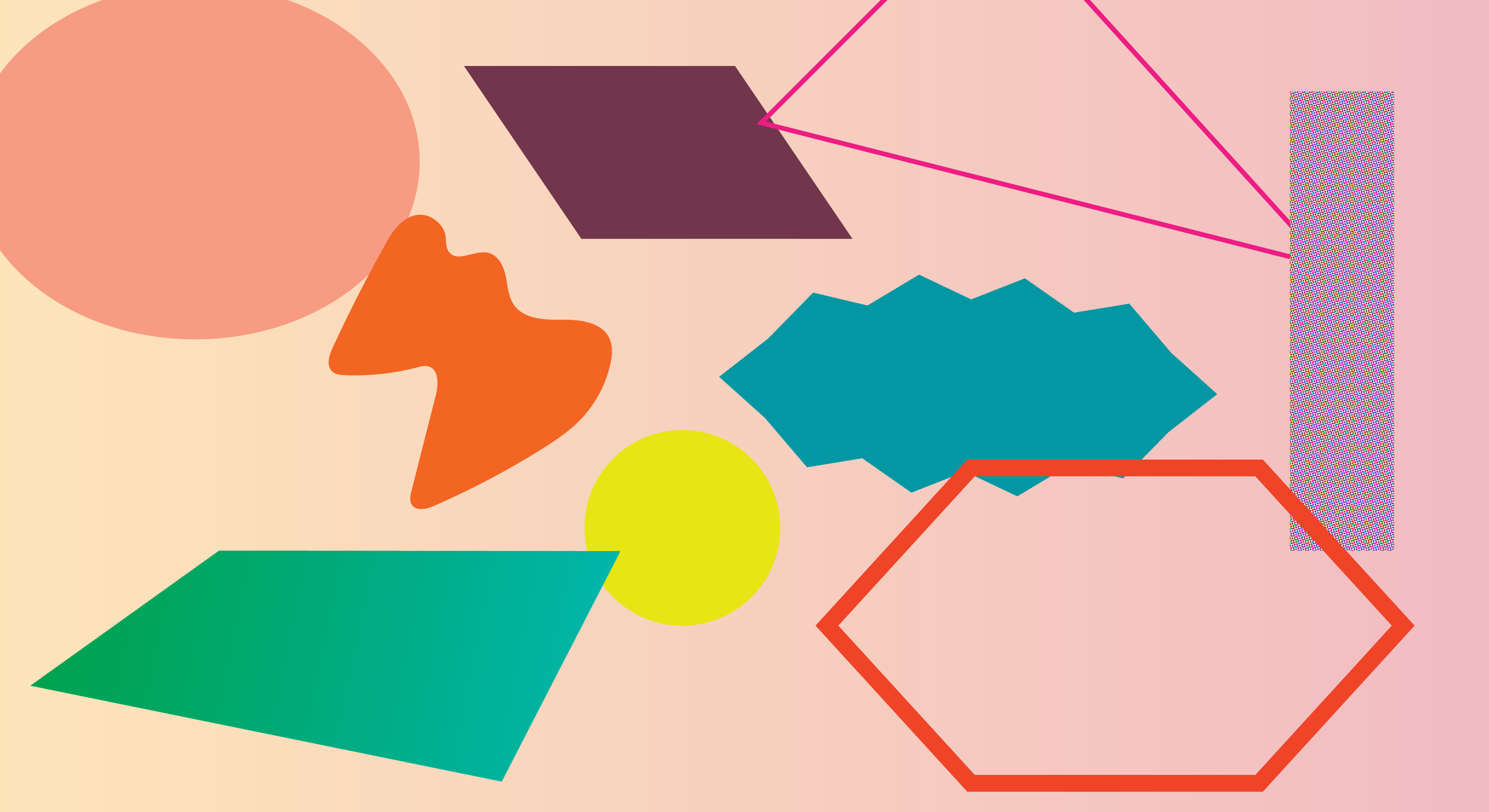
relatedarticles
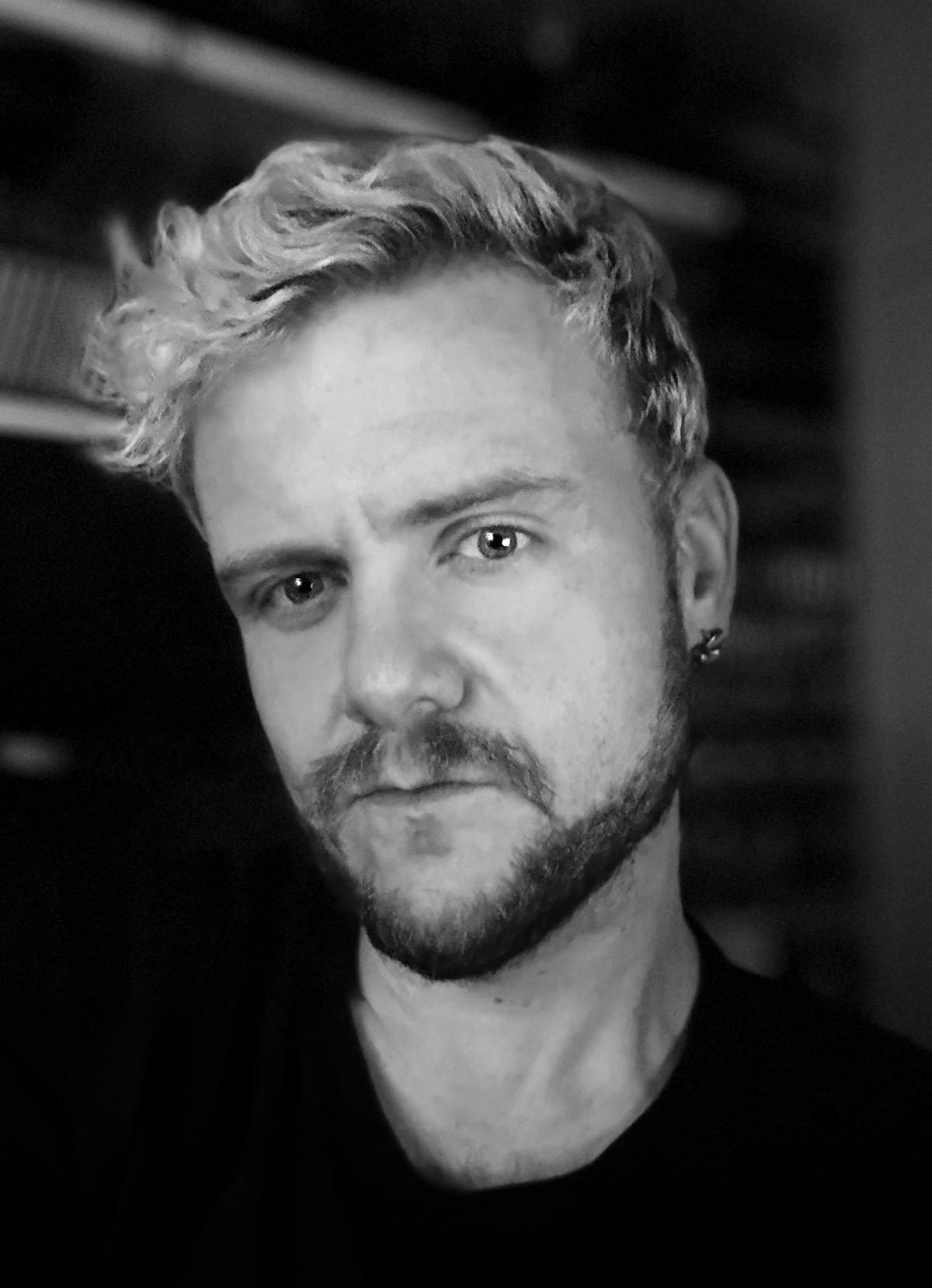
ICoD exclusive interview with kyle rath on design and AI
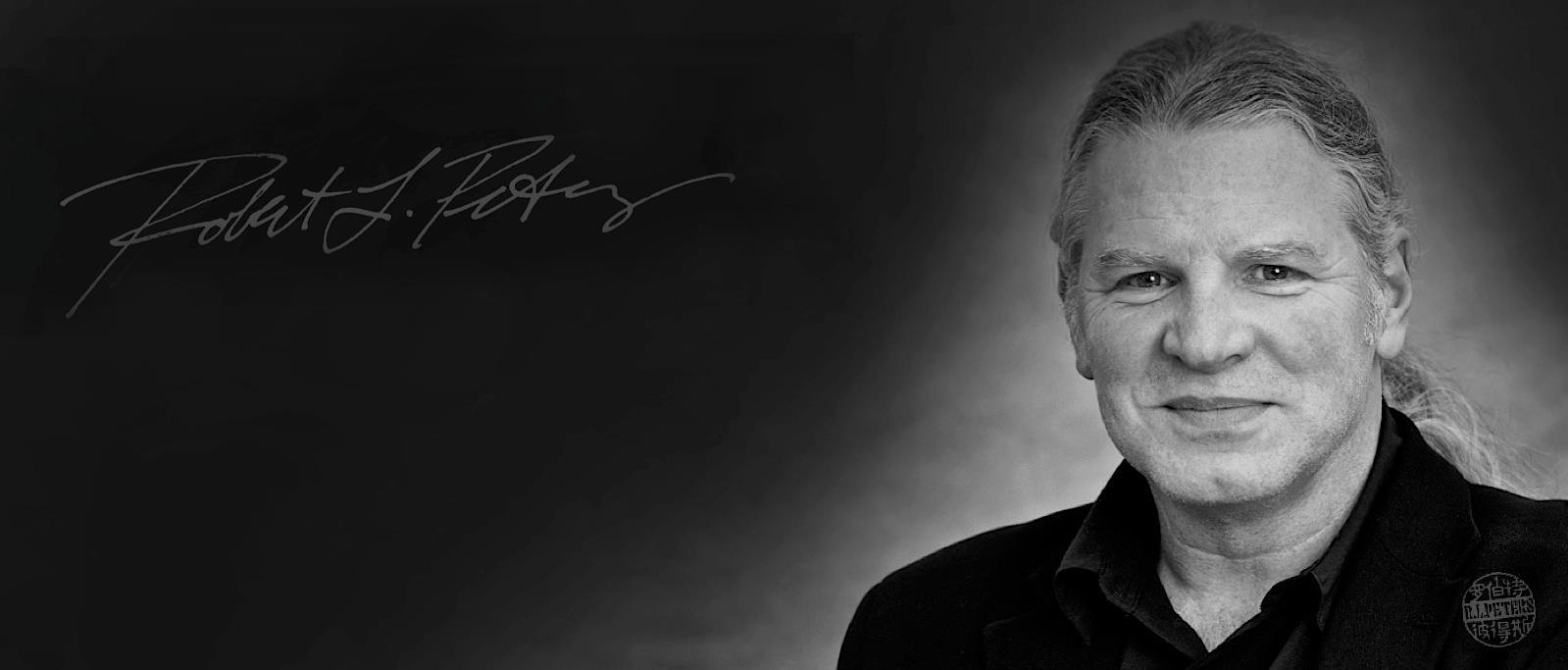
robert l. peters: guiding the future of design
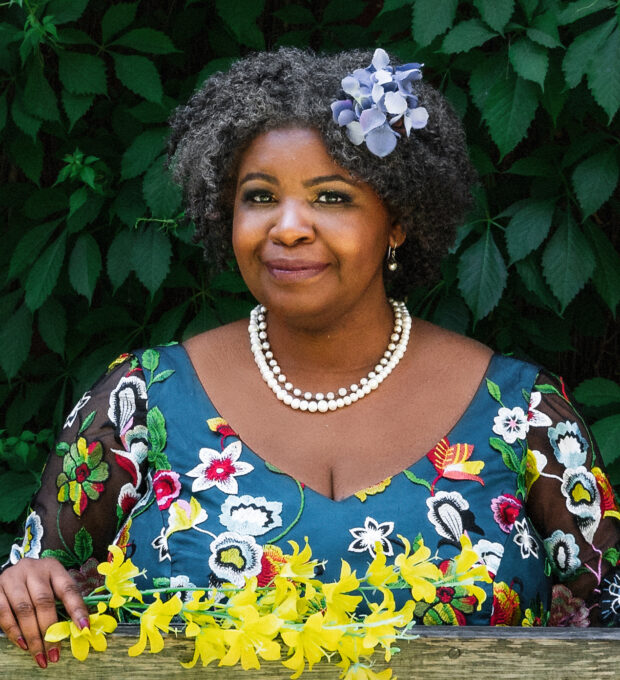
ICoD interviews elizabeth (dori) tunstall on decolonising design
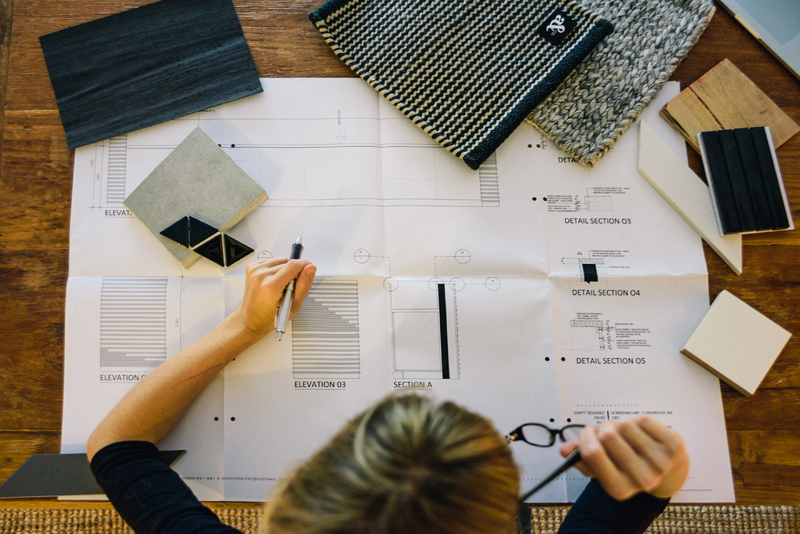
it may look good on instagram but you want to enjoy living in it
